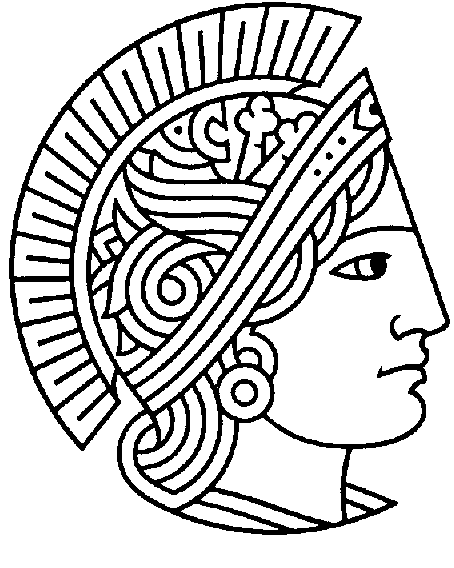
Universitäts- und Landesbibliothek

 |
Technische Universität Darmstadt
Universitäts- und Landesbibliothek |
 |
| Autor: | Lamelas Gracia, María Teresa |
| Titel: | Geo-resources and geo-hazards in the context of a sustainable development in the periphery of urban areas, exemplary of a part of the Ebro Basin in the surroundings of Zaragoza (Spain) |
| Dissertation: | TU Darmstadt, Fachbereich Material- und Geowissenschaften, 2007 |
| Dateiname | Inhalt | Format | Größe (Byte) | Kommentar |
|---|---|---|---|---|
| 01_PHD_text.pdf | Thesis text | 4730612 | ||
| 02_Appendix1.pdf | Appendix 1: profiles | 797953 | ||
| 03_Appendix2_map_1.pdf | Appendix 2: map 1 | 181487 | ||
| 04_Appendix2_maps_2-4.pdf | Appendix 2: map 2 to 4 | 3388278 | ||
| 05_Appendix2_maps_5-7.pdf | Appendix 2: map 5 to 7 | 3868564 | ||
| 06_Appendix2_maps_8-15.pdf | Appendix 2: map 8 to 15 | 4073608 | ||
| 07_Appendix2_maps_16-19.pdf | Appendix 2: map 16 to 19 | 4952027 | ||
| 08_Appendix2_maps_20-25.pdf | Appendix 2: map 20 to 25 | 5362857 | ||
| 09_Appendix2_maps_26-38.pdf | Appendix 2: map 26 to 38 | 5020039 | ||
| 10_Appendix2_maps_39-49.pdf | Appendix 2: map 39 to 49 | 4892433 | ||
| 11_Appendix2_maps_50-60.pdf | Appendix 2: map 50 to 60 | 4898021 | ||
| 12_Appendix2_maps_61-68.pdf | Appendix 2: map 61 to 68 | 4122726 | ||
| 13_curriculum.pdf | Curriculum vitae | 16265 |
| Dokument aufgenommen : | 2007-03-09 |
| URL: | http://elib.tu-darmstadt.de/diss/000794 |